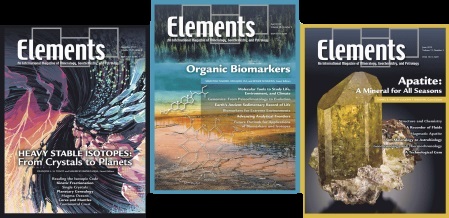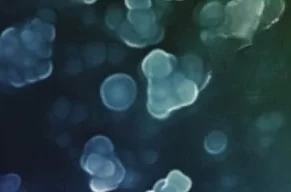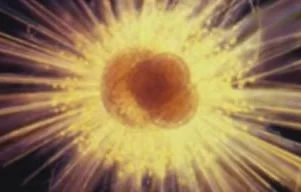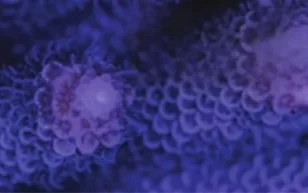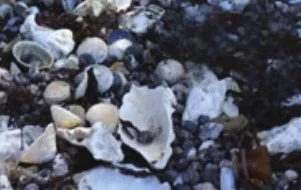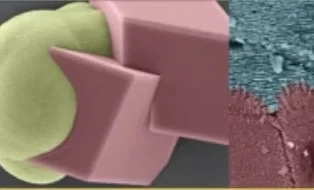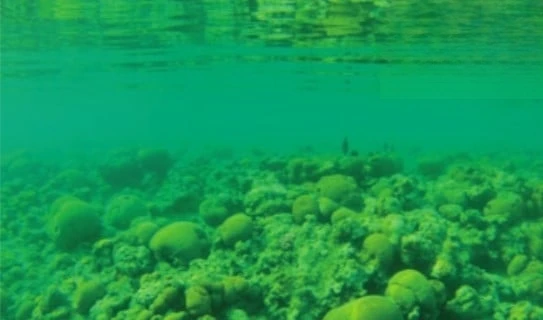Amorphous Intermediate Phases: A Major Contribution to the ‘Vital Effect’?
The ability of organisms to construct intricately shaped biominerals has fascinated researchers for centuries. It is now recognised that diverse organisms share the strategy of using amorphous intermediate phases during the mineralisation process. This article focuses on amorphous calcium carbonate (ACC) to explore how and why organisms use amorphous phases for biomineralisation and discusses the geochemical implications for palaeoenvironmental applications. We review ongoing efforts to mechanistically understand the effects of geochemistry and the transformation pathways of ACC on the corresponding proxy signals. We further consider how to quantify contributions to the offsets that are observed between the expected mineral compositions and the biological influences—a phenomenon known as ‘vital effects’, highlighting the importance of amorphous intermediates in geochemical (bio) mineralisation models.
Amorphous Intermediate Phases: A Major Contribution to the ‘Vital Effect’? Read More »

